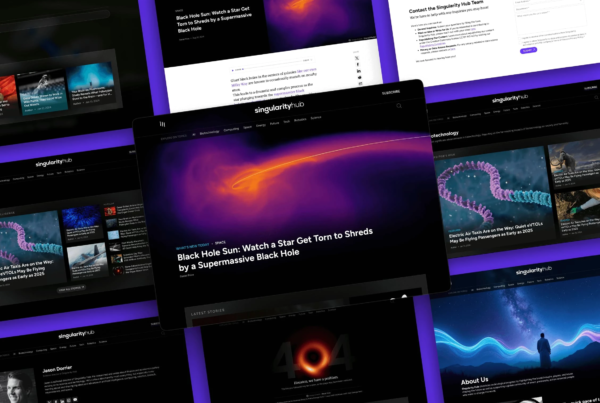These six signs show it’s time to level up WordPress for superior performance, improved SEO, and revenue growth. Flexpress’s headless architecture and powerful monetization tools can transform success for high-traffic websites.
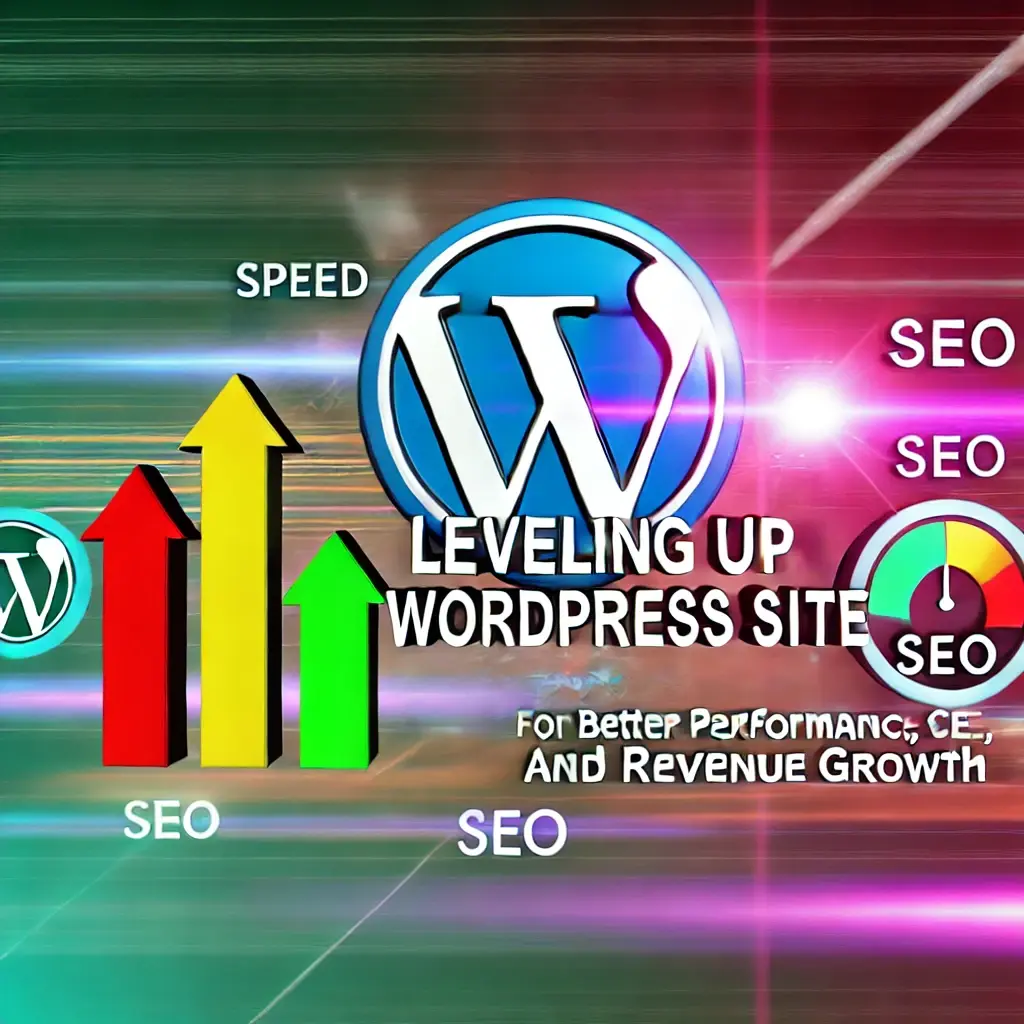
It’s no surprise that 65.2% of all high-traffic websites using a content management system (CMS) choose WordPress. According to Tech Jury, 62% of the top 100 fastest growing companies in the U.S. use WordPress, and more than 500 new WordPress spin up daily.
WordPress is designed to be intuitive for content creators—even those without technical web engineering experience. Its user-friendly interface and intuitive block-by-block content generation tools make it simple to build modular, custom articles. Plus, WordPress has a large and active community of developers that contribute to the tech, as well as an ecosystem of plugins that’s more than 70,000 strong.
For all these reasons, Flexpress selected WordPress to be the foundational software and UX framework that powers the backend of our CMS. Because standard WordPress installations leave traffic, impact, and revenue potential on the table, we designed Flexpress to build upon that that baseline in ways that supercharge traffic growth as well as ads and affiliate earnings.
Is it time to level up WordPress?
Wondering if it’s time to level-up WordPress? The below six indicators show that it’s time to engage a WordPress-based content management system provider like Flexpress.
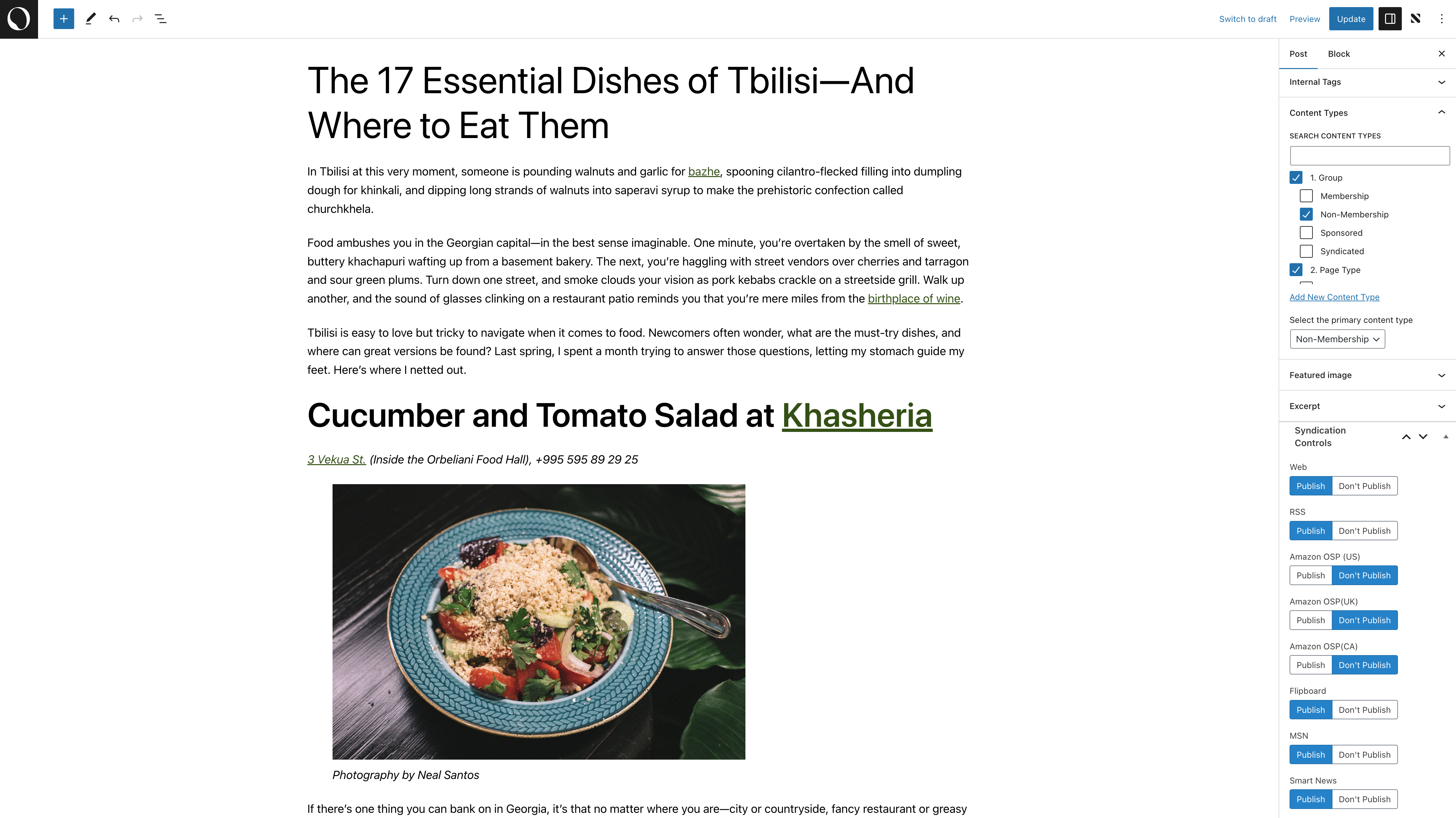
#1: Editorial teams share concerns about WordPress site speed and appearance
Using standard WordPress templates can only get publishers so far. By separating WordPress’s intuitive backend from the reader experience via headless CMS architecture, publishers can perfect the two experiences individually, choosing the best tools for each job.
Flexpress uses headless architecture to integrate the beloved, editor-facing WordPress backend experience with a more modern frontend powered by React and Next.js. With this so-called headless architecture, the presentation layer and creator experience are separate and independent of each other, which means publishers have far greater flexibility and scalability during the development process.
Not only does a headless React frontend offer greater flexibility and opportunity for frontend customization (including more immersive experiences), but the UI components are also easier to reuse, making development of the frontend faster, easier, and more iterative. It’s also fast; the presentation layer’s capacity for speed isn’t limited by the backend content management system.
{% video_player “embed_player” overrideable=False, type=’hsvideo2′, hide_playlist=True, viral_sharing=False, embed_button=False, autoplay=False, hidden_controls=False, loop=False, muted=False, full_width=False, width=’1280′, height=’720′, player_id=’107722189929′, style=” %}
It’s why when publishers switch their WordPress website to headless architecture like Flexpress, they see critical site speed metrics improve— by more than 120%. The transition creates immediate improvements in metrics such as Cumulative Layout Shift and Largest Contentful Paint, two examples of Google’s “Core Web Vitals” that indicate overall site health.
The headless frontend also enables the use of single-page applications, which reduce server load and bandwidth, allow for internal navigation without full-page reloads, and make way for more efficient lazy loading and caching. Check out pricing for transitioning to headless architecture.
#2: Business leaders ask how they can boost SEO to earn more free traffic
Google handles more than 85 billion searches every day; it’s hard to overstate its impact to digital publishing. Owning a top-3 position on a high-traffic search query is one of the best opportunities for free traffic.
As previously mentioned, upgrading to a headless frontend such as Flexpress improves page speed, which in turn improves domain health and authority in the eyes of search engines. Beyond the headless architecture, however, Flexpress also offers content blocks and WordPress options that improve search engine rank.
One example is web schema, which essentially labels content and code in ways Google can most easily process. Using structured data can lead to higher search rank and more promotion in tools from Google like quick search and Google Discover.
Want to read more about search engine results pages, or SERP? Right this way. →
Flexpress offers web schema for specific article types, as well as dedicated content blocks recipes, FAQ sections, and tools and materials lists.
In addition Flexpress improves E-E-A-T scores with blocks and templates designed to emphasize brand authority. These include:
- In-article author bios
- Author page templates designed to boost expertise and authority
- A “Why Trust Us?” badge for commerce content and product reviews
- Updated timestamps to signal that a story has been refreshed with the latest information
- Custom byline support for multiple author roles (writer, factchecker, researcher, etc.)
With Flexpress, publishers can also easily set up and clean up redirects, using established SEO tools like Yoast to improve keyword ranking and crawl budget.
Learn more about Flexpress media partners and integrations. →
#3: You’re ready to get into syndication platforms such as Apple News and MSN
Syndication partnerships are a great way to increase outside referral traffic, as well as bring in more earnings via revenue sharing. Flexpress Syndication Controls enable users to quickly push content to off-site partners and easily configure which articles go to which platforms.
A control panel in the Flexpress backend allows editors to set syndication preferences at the site or post levels. Flexpress clients use the syndication controls to publish content on:
- MSN
- SmartNews
- News Break
- Google News
In addition, Flexpress supports recirculation modules that promote high-ROI site content. For example, Flexpress offers:
- Infinite scroll
- Related link modules
- Pre-footer link sets
- Promotional ribbons
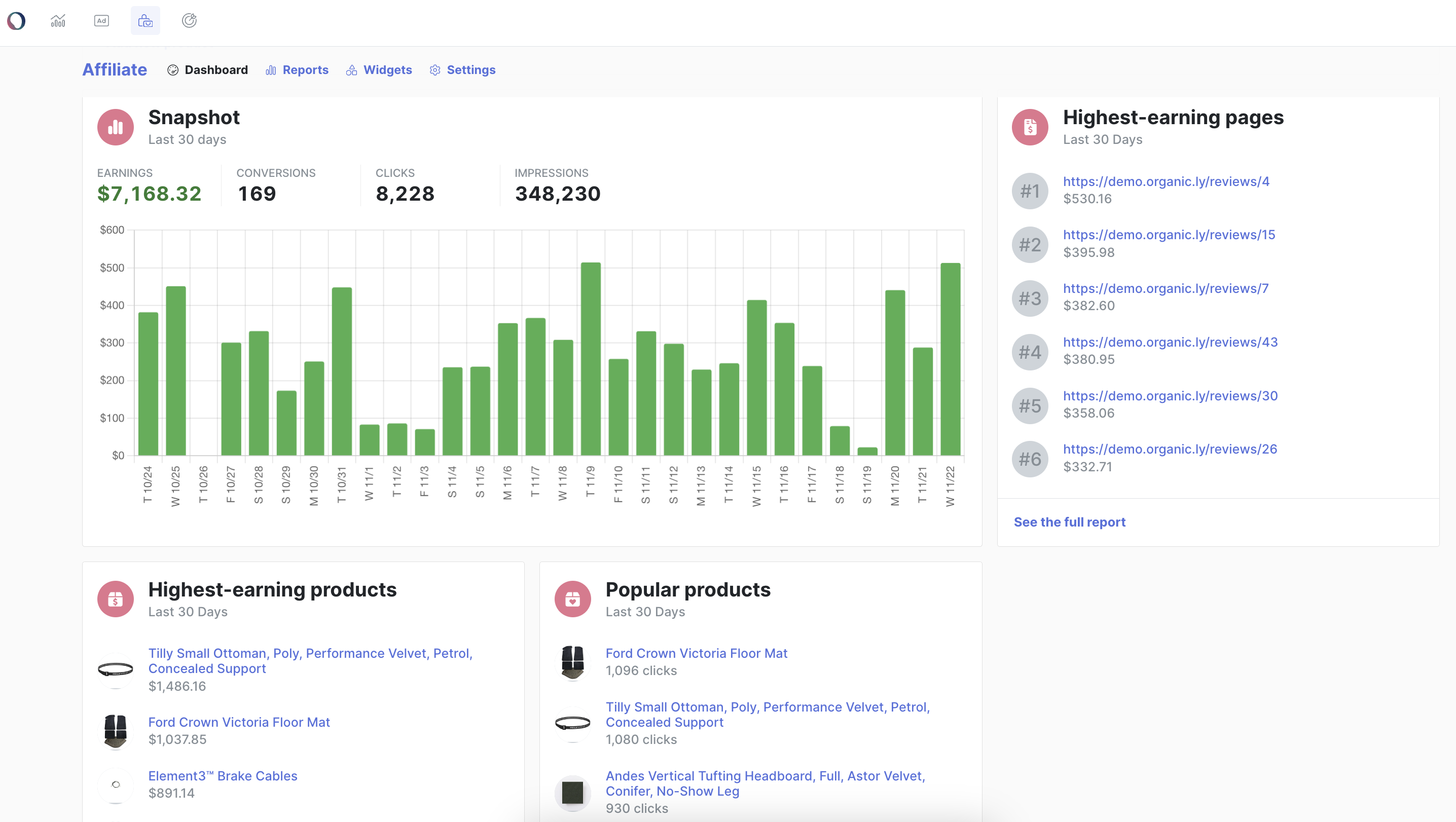
#4: A high-traffic site needs to optimize (or start!) an affiliate strategy to earn more traffic and revenue
For brands that have built authority with their audiences, there is an enormous opportunity to earn major revenue with affiliate marketing partnerships. In fact, one Flexpress client used savvy editorial content, product cards, and product tables to become one of the top affiliate marketers in publishing.
Affiliate tracking software, explained. →
Flexpress offers publisher tools to improve click-through rates and sale conversion. Flexpress’s SaaS interface for Affiliate in particular makes it easy to manage thousands of affiliate links and track revenue across merchant partners.
You can see examples of commerce blocks that drive affiliate marketing and lead gen revenue here from Task and Purpose and here from Flying Mag.
These affiliate blocks include:
- Product cards—Single product touts with clear calls-to-action and options for visible pricing and automatic link replacement (i.e. auto updating for when a product goes out-of-stock).
- Product tables—Three product touts at the very top of a page, which make it easy for consumers to find exactly what they want, click through, and purchase.
- Product carousels—Similar to product tables, but they accommodate more than 3 products.
- Tools & Materials blocks—Lists of products ideal for monetizing how-to content.
- Call-to-Action blocks for lead generation content—Compelling touts optimal for in-house commerce (such as premium memberships or podcasts) and cost-per-click partnerships (such car warranties and lawn care).
In addition to these blocks, the Flexpress dashboard allows publishers to generate links quickly, see a snapshot of revenue and audience in the same interface, and assess the highest-earning and most popular pages and products on a site.
#5: Revenue leaders want to experiment with ad placements and bidding technology
There are many reasons to choose a provider like Flexpress to power increased earnings via programmatic and direct-sold ads. The platform offers a premium demand network, technology that works with cutting-edge frontends, and a commitment to revenue improvements that don’t also burn holes through the eyes of readers.
What’s more, Flexpress also offers advanced configuration capabilities, which allow non-technical users to make adjustments to ad layout, demand partners, refresh rates, and more.
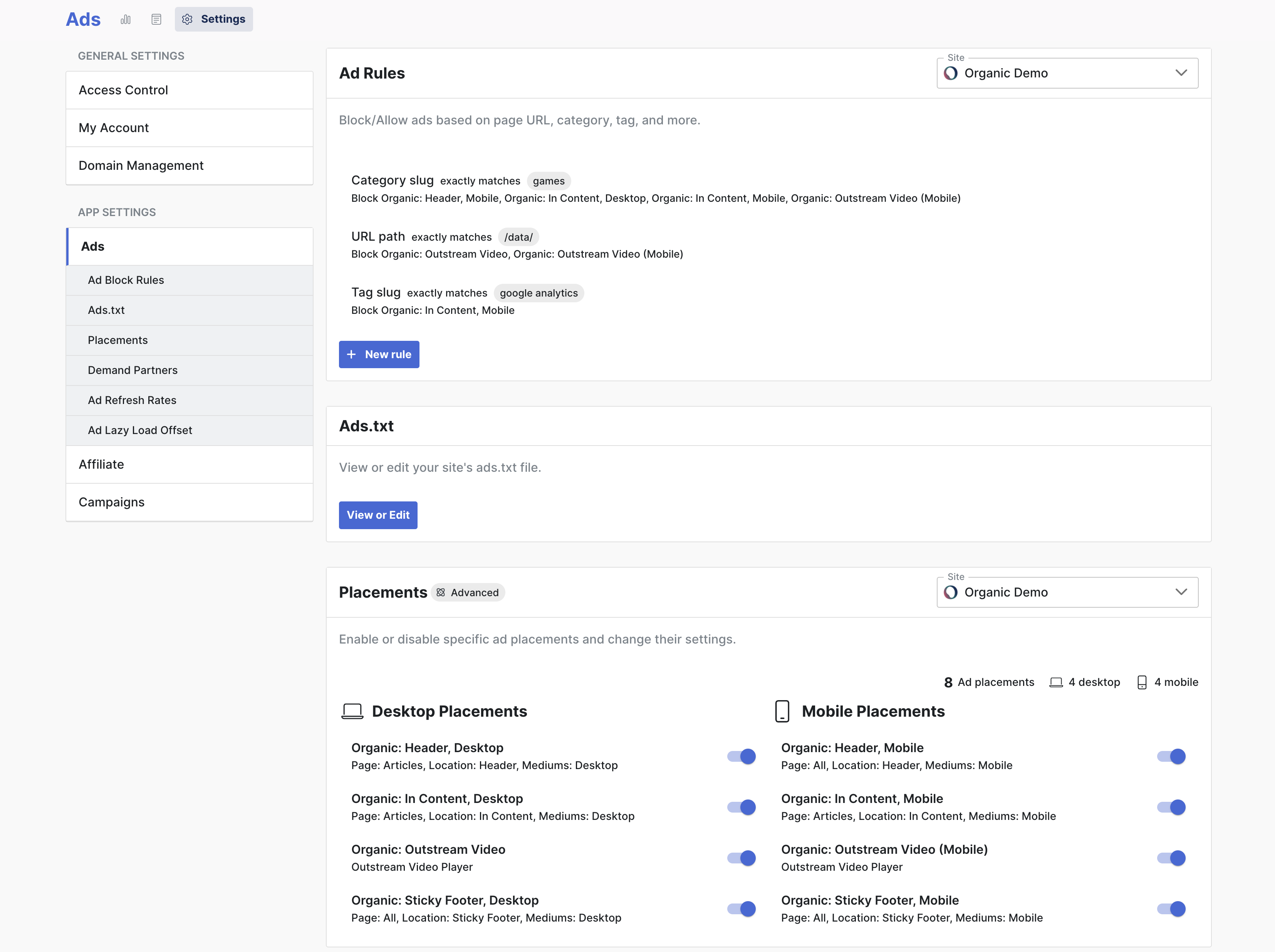
Having a slick settings page may not seem very exciting, but for Flexpress, it’s a thrill (trust us). Those publishers who require investing in highly technical teams to make adjustments to ad layouts, lazy loading, refresh rates, and more, invariably lose time and money solving for problems that the Flexpress Dashboard makes simple, intuitive, and accessible. Flexpress interface allows publishers to make precise adjustments to ad layouts based on URL, category, or tag with a few simple toggles.
This easy configuration is important because it’s not ideal for most publishers to have the same ad setup all year round. Sometimes it makes sense to reduce ads on affiliate content when it’s a big buying season. Other times, it makes sense to increase ads during Q4, when rates are higher.
The Ad Rules section of allows team members with ad ops responsibilities to easily determine placements populate on which content. There are many benefits to this:
- Affiliate content may convert better if there are slightly fewer ads. Some publishers opt to stick to just the three most profitable placements for affiliate content, and some publishers don’t want any ads on their commerce content at all. More nuanced still, some publishers want some ads during Q4, when rates are high, but no ads during Q1, Q2, and Q3. Flexpress makes configuring this level of granularity a matter of a few clicks.
- Sponsored content advertisers often don’t have 10 different creatives, and so you need to turn down your normal ad rate for these articles in order to not have 5 of the same ad creative appear on a single page. Using Flexpress means you can turn off some placements on particular URLs.
- Sponsored content advertisers sometimes don’t want any traditional display advertising, instead opting for more native inclusions within the content itself.
- Some article pages shouldn’t have ads at all, and so you can set rules to block ads from all pages that follow the same url path, belonging to a certain CMS category, or tagged with a particular CMS tag.
#6: The business is ready to bring content to a mobile app
The Flexpress headless frontend means that a CMS is data about content management, processing, and storage — thus that data can be ported not only to a presentation layer like a website’s frontend, but also easily to a mobile app. This makes it lightning fast to spin up a mobile app using the same familiar creator tools as the backend.
Seeing the signs that you’re ready to upgrade from standard WordPress? Interested in hearing more about how Flexpress can grow your business? Send us an email.




